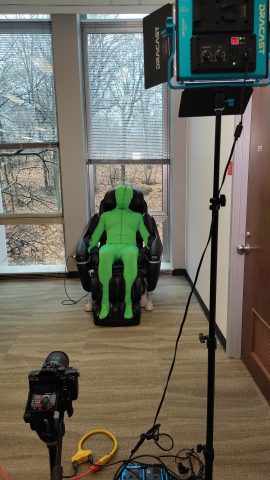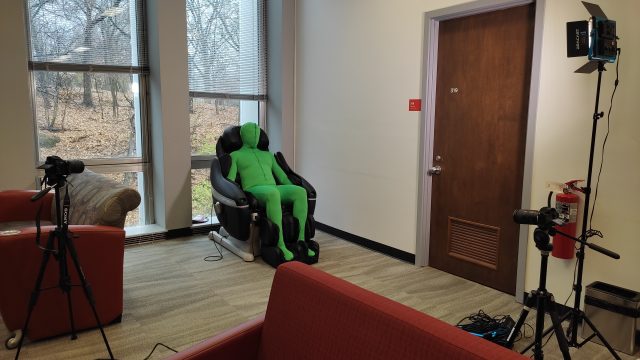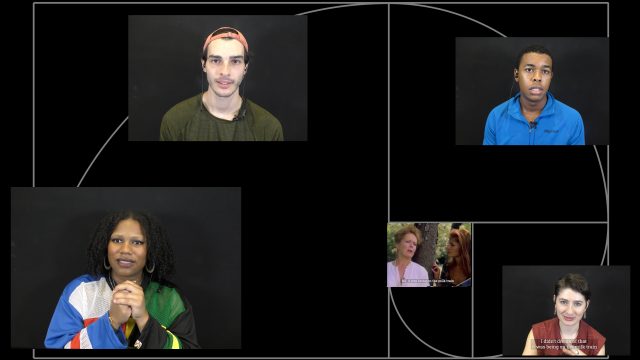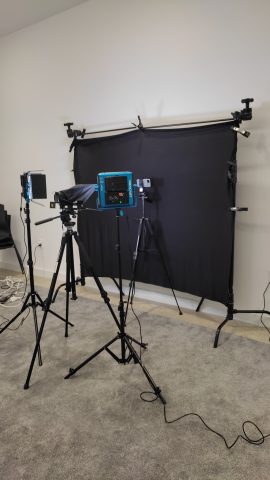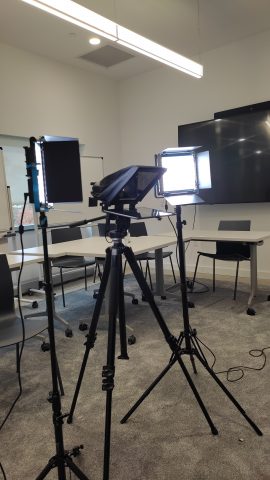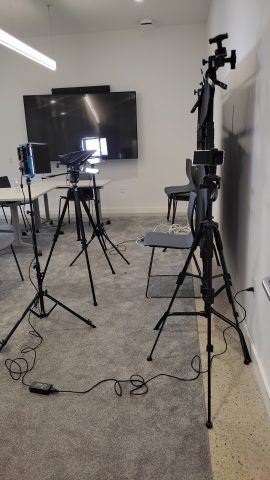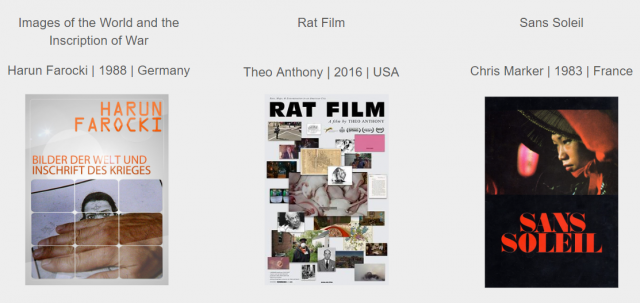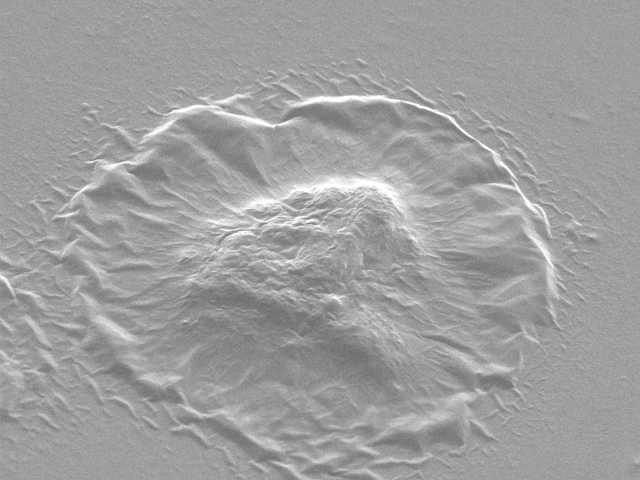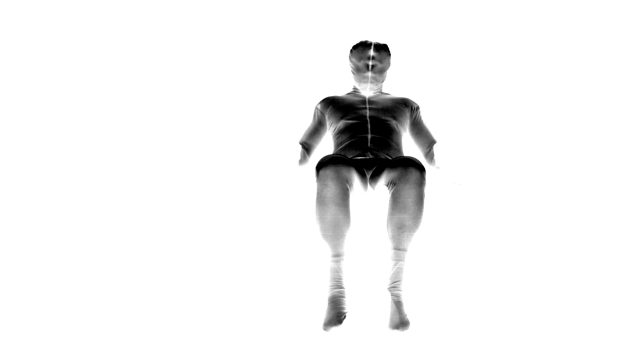
A few weeks ago, I was roaming around Hunt Library (I think I was angry at something and tried to escape the MFA hallway). I then came across this worn-out massage chair, in the quiet work zone on the third floor. One of my cohort members once enthusiastically told me about one of those, located at Mellon Institute, so I was eager to try. I put on the “full body” program. It was very thorough, almost aggressive. I almost couldn’t believe this machine is massaging my butt while I’m sitting in a public space. Nobody around seemed to care. I was amused and fascinated, I felt like I had a secret. I wasn’t angry anymore.
There are some dualities to this chair that pulled me in and made me want to engage with it: it’s performing an intimate act, but casually installed in a public workspace. It’s a choreographed machine, directed for physical sensation, designed to release physical tension. There is something sensual about it, almost perverse, and deeply comical and paradoxical.
I went out to film a person wearing a green screen bodysuit while getting a full-body massage from the chair. I was afraid that my friend, who agreed to help me and wear the suit, will feel suffocated, so I told him he can stop at any time, and that I only need a few seconds of footage. But he actually enjoyed the massage, said that the suit is surprisingly breathable, and asked for another full-body round.
In a classic idiotic moment, that perhaps had something to do with the fact that I didn’t ask for permission to film in Hunt and I kept waiting for a staff member to walk by and see what we were doing, I forgot the most basic rule of shooting with a green screen suit – and I moved my cameras between shots. After my friend left, I did my best to reposition them as close to the shots with him, but the footage don’t exactly align. Choosing to start filming at 1 pm was another mistake, because by the time I filled the last shots, the outside light, well viewed due to the chair’s position against big windows, has already changed.
I think of this project as a primal experiment, that surprisingly (to me) relates to themes I have worked around in my practice before (like a blind participant in an impressive experience as a performer). It is not precise or whole at the moment, but I did find some significant points of interest in the process and in the resulting footage.
A bit from behind the scenes:
